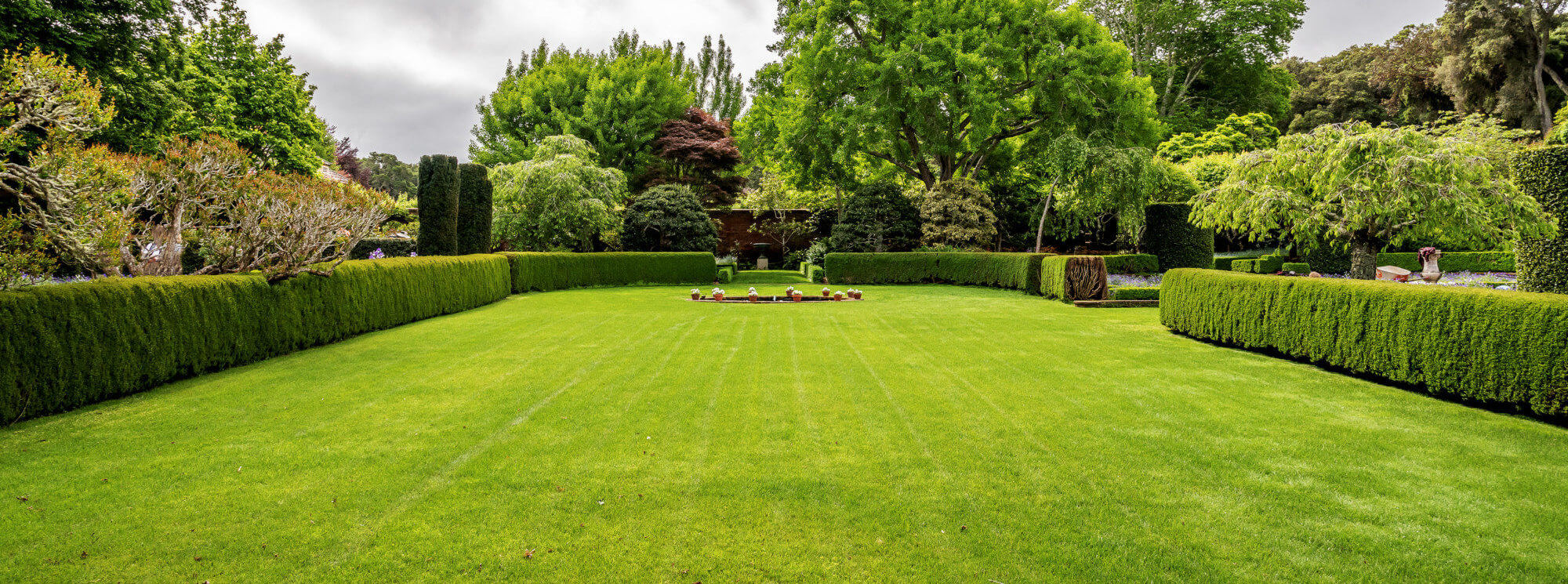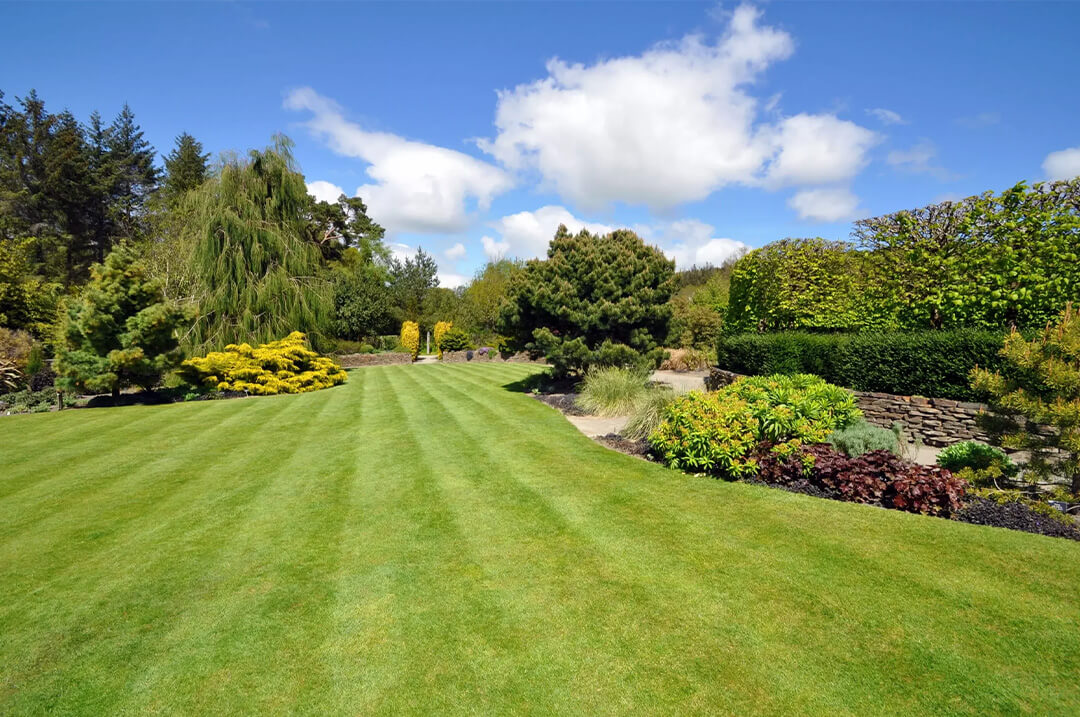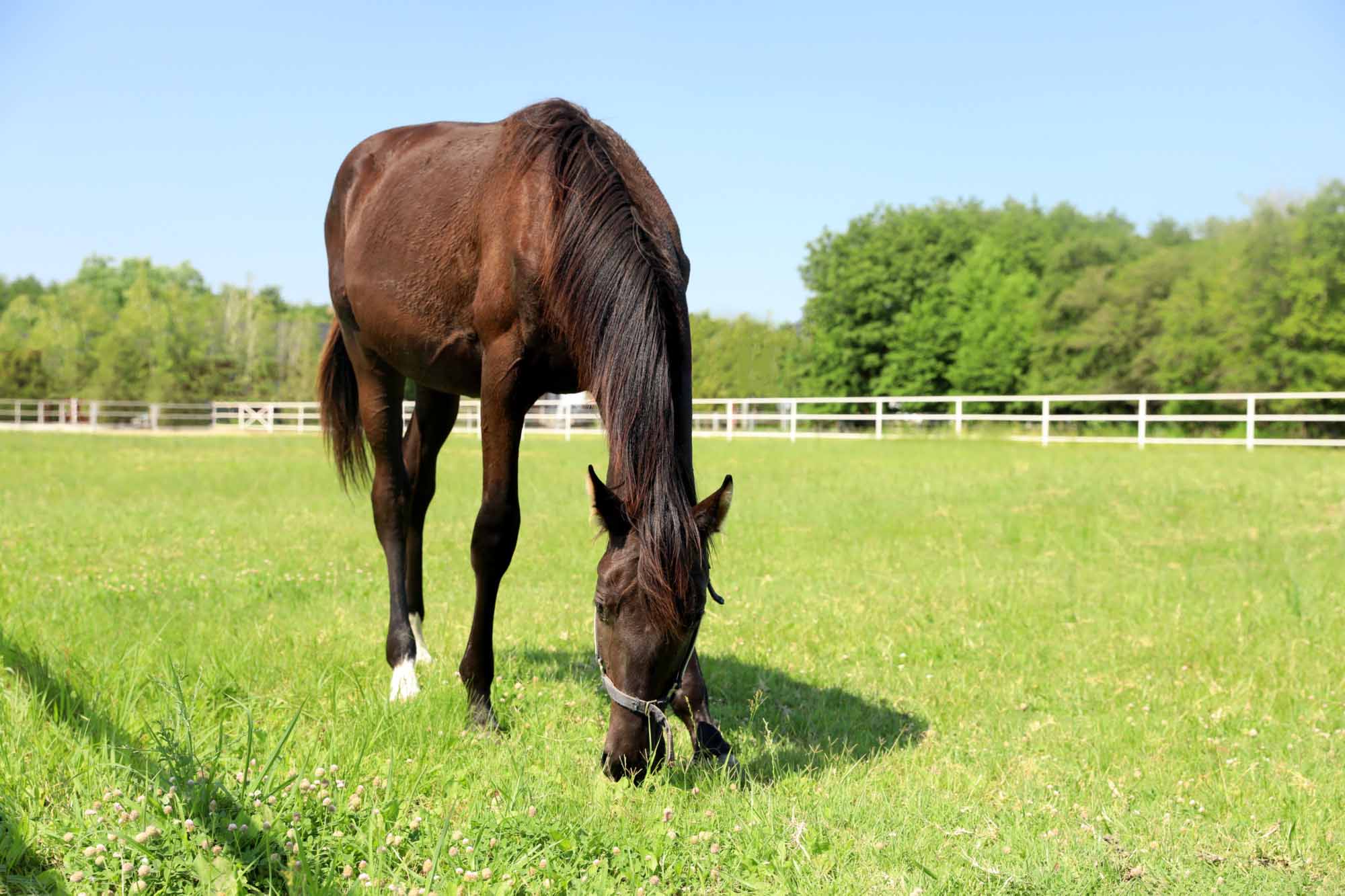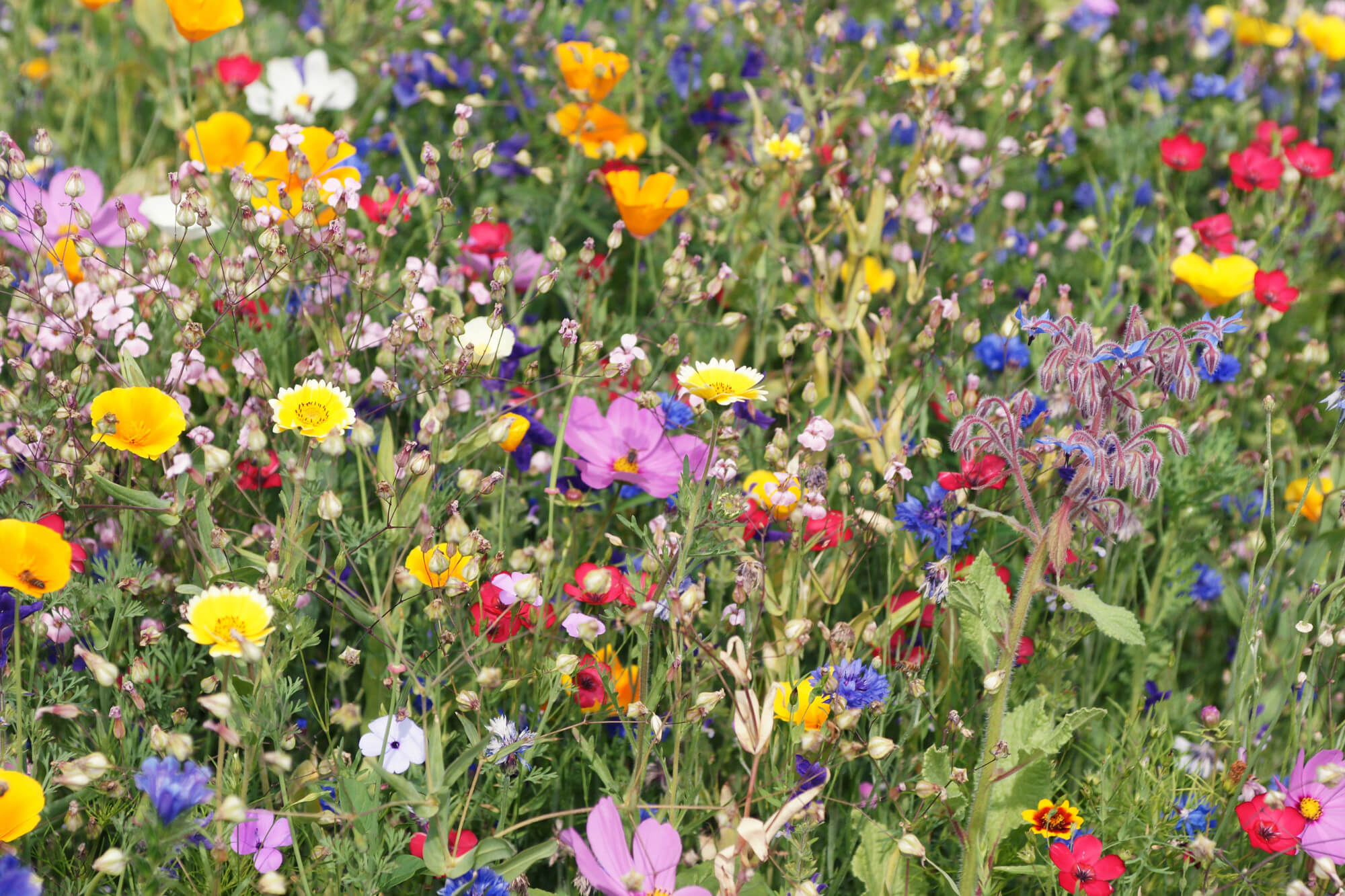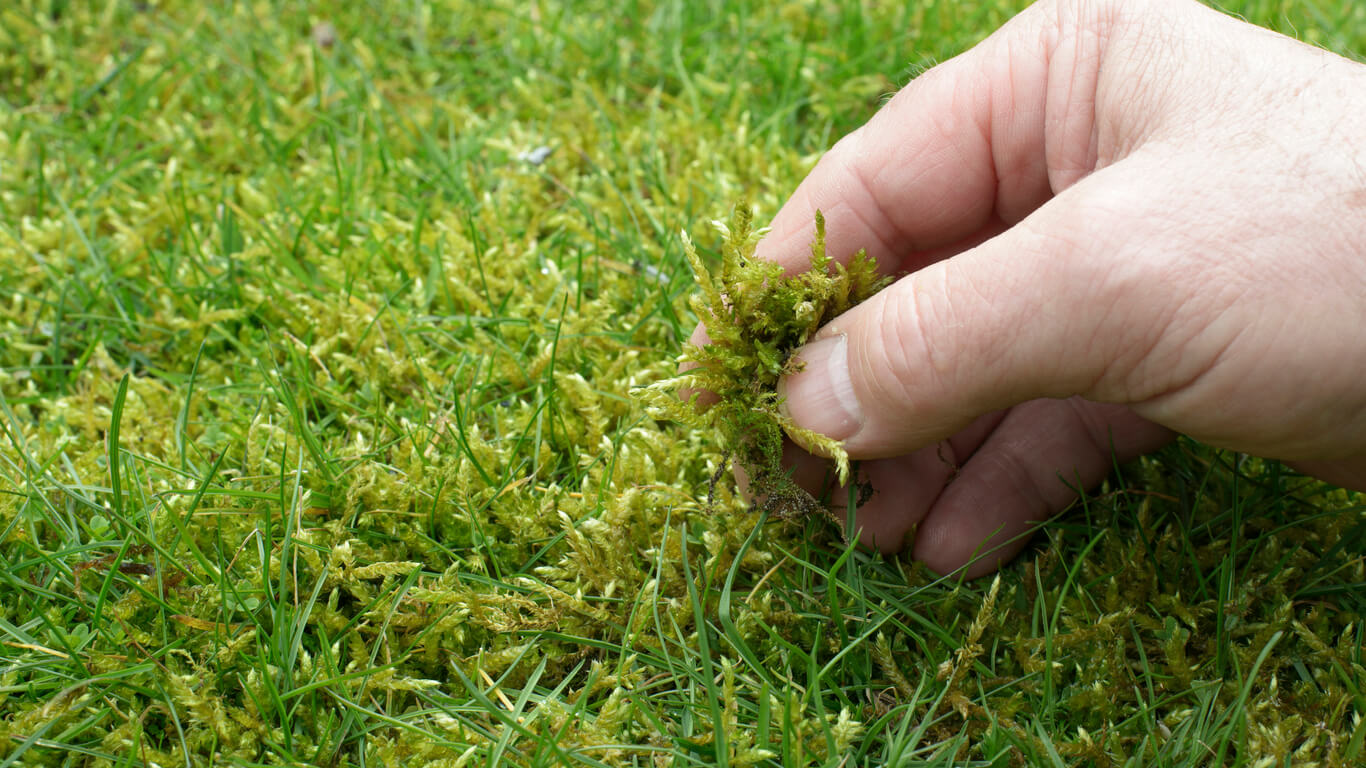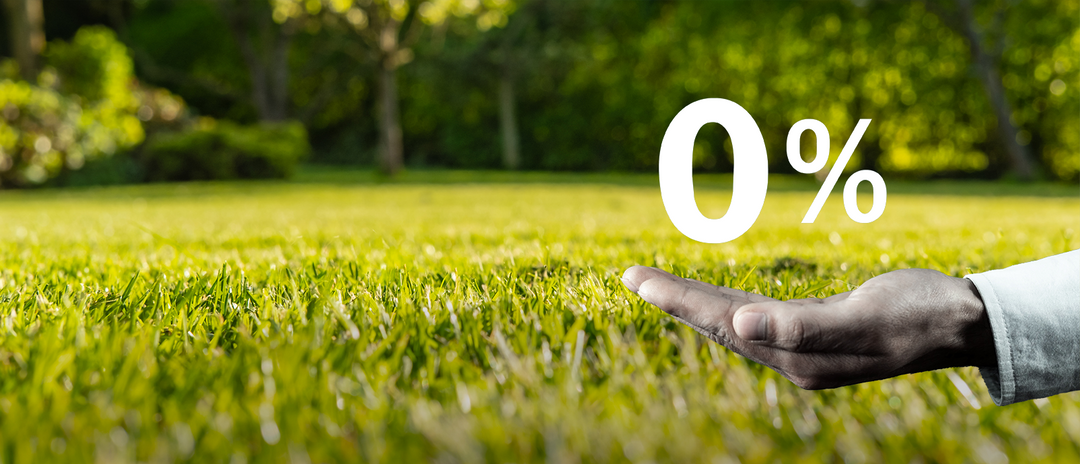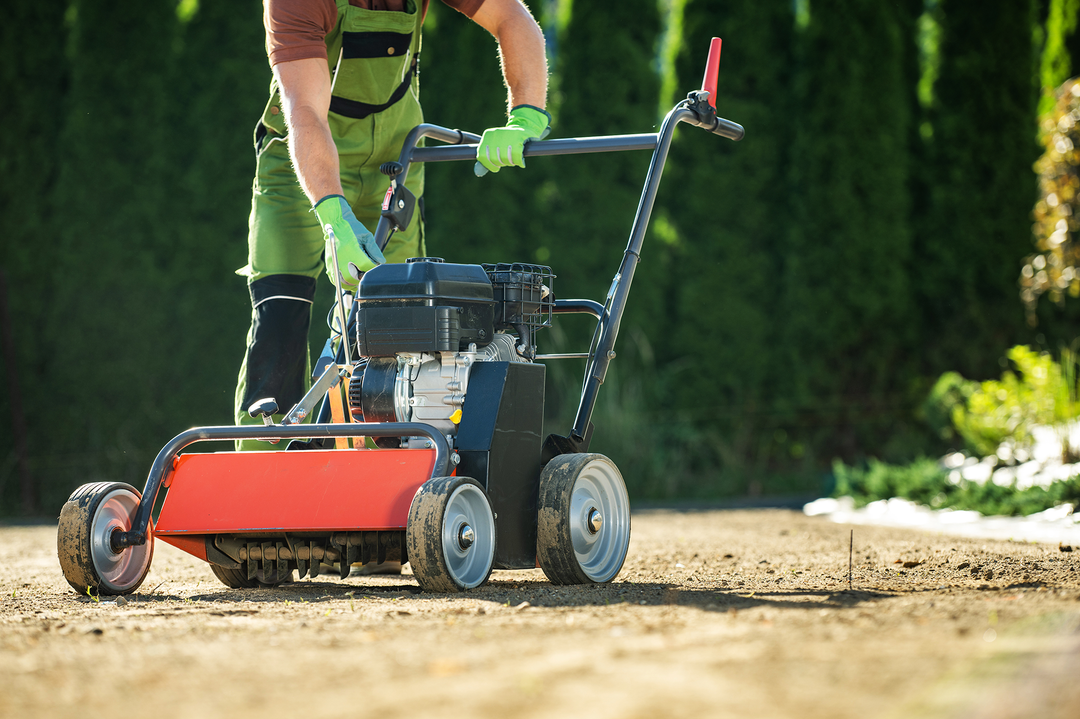As the vibrant hues of autumn paint the landscape, many homeowners are faced with the challenge of maintaining a healthy lawn before the winter settles in. Moss can quickly become a pesky invader, thriving in conditions that might seem innocuous at first glance. Understanding how to prevent moss growth can make all the difference in keeping your lawn lush and vibrant.
Several conditions can foster the development of moss, including excessive shade, poor drainage, and improper mowing practices. By addressing these underlying issues before they worsen, homeowners can take proactive steps to safeguard their lawns from this unwanted greenery. Moreover, recognizing the significance of autumn lawn care lays the groundwork for effective maintenance strategies that yield long-term results.
In this article, we will explore the causes of moss growth, highlight the importance of proactive lawn care, and present effective strategies for prevention. From aeration and scarification techniques to the selection of the right products, we aim to equip you with the knowledge needed to maintain a thriving lawn through the autumn season.
Understand the Causes of Moss Growth
Moss in lawns becomes a more common concern as autumn arrives, mainly due to specific environmental and maintenance factors that become more prevalent in this season. Understanding the root causes of moss growth is fundamental for the effective management and maintenance of a healthy lawn. Below, we explore these causes in more detail.Excessive Shade
Seasonal changes during autumn often lead to shorter days and less intense sunlight, which can significantly impact grass vigour. Lawns situated beneath the canopy of trees or in the shadow of buildings receive even less light, and this diminishing sunshine makes it challenging for grass to synthesize food effectively through photosynthesis. In contrast, moss growth excels in these shady conditions, quickly colonizing areas where the grass is weak or absent. It is vital to address the effect of shade on grass growth, such as by pruning trees and shrubs to allow more light to reach the soil surface. When coupled with the right choice of shade-tolerant lawn grasses, such adjustments can lead to a denser and more robust turf that is less inviting to moss.Poor Drainage
Autumn often brings increased rainfall, presenting challenges for drainage in many lawns. Poor drainage typically results from compacted soil, where the soil particles are so close together that water struggles to percolate through. This compaction prevents efficient water movement, leading to poor drainage and creating persistent damp conditions that favour moss proliferation. To combat these issues, autumn lawn care should prioritize soil aeration. Lawn aeration can alleviate soil compaction, promoting better absorption of water and nutrients by grass roots, thereby discouraging the establishment of moss. Interventions such as mechanical scarification or the use of a spring-tined rake can physically remove moss and thatch, further improving drainage and reducing the moist, stagnant conditions that moss prefers.Improper Mowing Practices
Mowing is an essential aspect of lawn care that, if not conducted correctly, can contribute to moss encroachment. As the autumn season progresses, the growth rate of lawn grasses may slow, but it remains important to continue mowing as needed. Improper mowing practices, particularly mowing too short, can weaken grass plants, leaving them less able to compete with moss. Grass that is cut too short cannot produce as much energy, and this reduction in vigour makes it susceptible to moss invasion. Raising the height of mower blades during mowing can help protect the grass plant and encourage a thicker growth that suppresses moss development. Consistent, proper mowing contributes to the overall resilience of the lawn, ensuring it remains more resistant to opportunistic moss growth during the autumn months.The Importance of Proactive Lawn Maintenance
Proper lawn care is essential to prevent the proliferation of moss, particularly as we enter the autumn months. Moss thrives in damp, poor drainage areas and can quickly establish itself in waterlogged soil. By improving drainage, you create less hospitable conditions for moss growth. Key mechanical interventions such as scarification, which involves a mechanical scarifier to remove dead grass and thatch, and aeration, which alleviates soil compaction, are imperative for a healthy lawn that resists moss infiltration. Maintaining the correct mowing height throughout the growing season strengthens grass plants and helps prevent moss. Blades of grass should ideally stand no shorter than 25mm. Moreover, autumn lawn care should include proactive measures like the removal of fallen leaves and the application of season-appropriate treatments to manage and discourage moss before the challenging winter months. Stepping up lawn care practices in autumn is vital:- Aeration to improve soil conditions and support strong grass roots
- Regular scarifying to remove thatch and dead grass that invite moss
- Maintaining a sufficient mowing height for resilient grass growth
- Immediate clearance of autumnal debris to minimize shady conditions
- Applying autumn lawn feed tailored to fortify lawn grasses
Effective Strategies for Moss Prevention
Moss in lawns can create a lacklustre and uneven ground cover, displacing the vibrant green turf of a healthy lawn. To effectively prevent the appearance and spread of lawn moss, it's vital to understand and address the conditions that favour its growth. Employing a variety of lawn care practices can create a robust and moss-resistant garden.Lawn Aeration
One of the most effective strategies to deter moss is lawn aeration. This critical practice improves soil drainage and mitigates soil compaction. By creating small holes throughout the turf, hollow tine aeration allows essential water and oxygen to penetrate the root zone, enhancing the health and density of the grass. Regular aeration can curtail the persistently soggy soil conditions that moss prefers, helping to maintain a drier soil surface that supports robust grass growth rather than moss proliferation. Furthermore, lawn aeration is particularly beneficial for lawns with identified drainage problems, as it serves to disrupt compacted soil layers, thereby improving the overall health and resilience of the lawn against moss invasion.Lawn Scarification
Scarification is another key practice in preventing moss. Scarifying, which can be done with a stiff garden rake or a mechanical scarifier, effectively removes excess thatch—a layer of built-up dead material including old grass clippings and moss. Thatch can obstruct sunlight and trap moisture, creating ideal moss-growing conditions. By eliminating this layer, you enhance the ability of the lawn to dry properly and permit sunlight to reach grass roots. Post-scarification, lawns might appear bare or patchy, but this condition is temporary. The process promotes stronger and healthier regrowth of grass, preparing it for winter and making it less inviting to moss. Regular scarification is especially crucial during autumn, as it prepares the lawn for the harsher winter months and minimizes the chances of moss taking hold in damp, shaded environments.Proper Mowing Techniques
Moreover, proper mowing techniques play a pivotal role in preventing moss. As autumn approaches, it is essential to adjust mowing practices. While the grass may grow more slowly, maintaining a regular mowing schedule helps to preserve the lawn's density and discourage both weed and moss growth. Raising the mower blades to the recommended height of 2 to 2.5 inches during this season allows the grass to capture maximum sunlight, promoting vigorous growth. Sharp blades are essential for clean cuts, which reduce stress on the grass plants and contribute to a more resilient sward. Care should be taken not to mow the lawn too short, as this can weaken the grass and leave it vulnerable to moss overtake. Ideally, mowing should occur before scarifying to clear the grass of any potential debris, ensuring optimal conditions for the lawn's recovery and health. Incorporating these techniques into your autumn lawn care routine will help build a lawn environment that is inhospitable to moss, fostering a lush, healthy grass cover throughout the year.The Role of Lawn Feeding
Feeding your lawn with balanced nutrients extends beyond mere aesthetics; it plays a pivotal role in combating moss and other lawn issues. Utilizing an autumn lawn feed specifically designed for the season is crucial. This ensures a shift in focus from leaf production to the strengthening of grass roots, fortifying lawn health throughout the winter months. A well-nourished lawn is less susceptible to the encroachment of moss, as it maintains a robust turf capable of withstanding potential invaders. Moreover, the practice of regular feeding during the autumn months is integral to reinforcing the grass, thus empowering it to withstand the harsh winter without suffering harm. When it comes to application, timing is key. Fertilizing before an expected rainfall can significantly enhance the absorption of nutrients, laying the foundation for a vibrant and healthy lawn that naturally resists the onset of lawn moss. Autumn Lawn Feeding Benefits:- Promotes healthy growth against moss
- Encourages strong root development
- Creates a robust lawn resistant to moss
- Strengthens grass to survive winter conditions
- Improves nutrient absorption pre-rainfall




